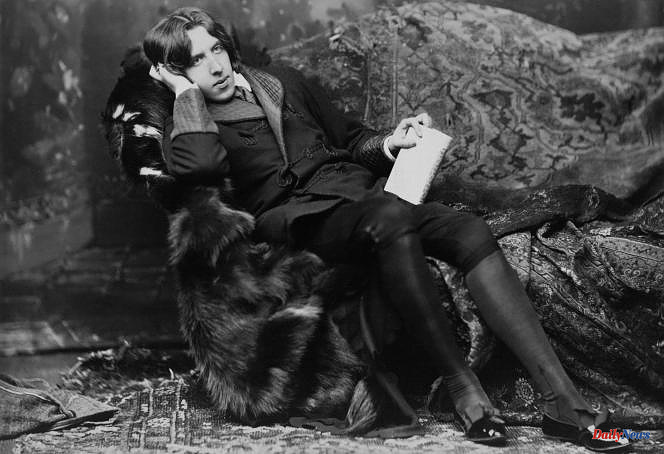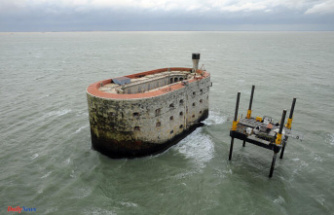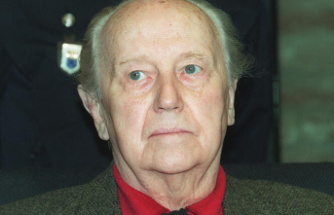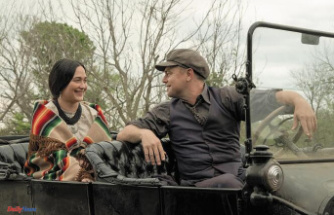The publication, in serial and then in volume, of his sulphurous novel, The Picture of Dorian Gray (1890-1891), made Oscar Wilde (1854-1900) immediately famous. But, after heaps of bravado, jokes and sayings – including the famous “Sin is the only color left in modern life” – the provocative dandy ends up trapped in his own ostentatious freedom.
The Victorian society of his time did not suffer from this rant that Wilde hurled in his face, nor from the sexual mores of the author, who was brought to trial by the father of his young and manipulative lover. The court convicted him of homosexuality, and after two years in prison and hard labor, Wilde ended up in exile in Paris, where he died miserably of meningitis at the age of 46.
Dorian Gray, a portrait of Oscar Wilde (2019), documentary by Jérôme Lambert and Philippe Picard, who notably signed the remarkable Siècle des couturières (2021) for France 3, skillfully manages to make a biographical portrait of Oscar Wilde, while by situating the scope of the novel in its time and beyond, up to the narcissism of our century with selfies and rejuvenating filters.
Inventive achievement
While playing with recomposed synthetic images, the production, fine and inventive, does not take the side of an artificial modernization of the subject. The use of numerous cinematographic and photographic archival documents rather underlines the timeless modernity of the Portrait of Dorian Gray.
The subject abounds with testimonies and analyzes provided by academic specialists of Oscar Wilde - including Pascal Aquien, professor of English literature at the Sorbonne and literary advisor of the documentary, or Anatole Tomczak, the translator of the new edition, consistent with the manuscript original, from the Portrait of Dorian Gray (Le Portrait de Dorian Gray uncensored, Grasset, coll. "Les Cahiers rouges", 2016).
But little is said about the influences suffered by Wilde or about the framework of decadentism in which the book fits: obviously, even on Arte, we will have wanted to offer a generalist and accessible documentary. And give voice to contemporary writers such as Amélie Nothomb, Charles Dantzig or Will Self, who transposed the book a century later in Dorian, an Imitation (2002) – Dorian, in its French translation (Editions de l'Olivier, 2004 ).
Bowie in ghost image
We would have liked to hear more from Shelton Waldrep, an academic specialist in both Victorian literature and pop culture of the 1970s and 1980s, author of the book (not translated into French) The Aesthetics of Self-Invention: Oscar Wilde to David Bowie (University of Minnesota Press, 2004).
But part of his point is however illustrated by the documentary, with in particular excerpts from the first film shot by David Bowie, the "Dorian Gray of rock", the short film The Image (1967), by Michael Armstrong, a variation before -guard on Wilde's book.
Unlike the literary original and the most famous of his many film adaptations, The Picture of Dorian Gray (1945), by Albert Lewin, with the suave George Sanders as a Faustian corrupter, we see Bowie in a ghost image coming out of the painting and the painter killing his model.












